How to Set House Sitting Expectations
Key Handover Process
Ensuring a smooth and secure key handover is essential for both homeowners and house sitters. It is crucial to establish clear communication and guidelines for how the key exchange will take place. Here’s how the process typically works:
Alarm Codes and Security Systems
Homeowners need to make sure house sitters are fully briefed on how to manage the property’s security systems. Here’s what to expect:
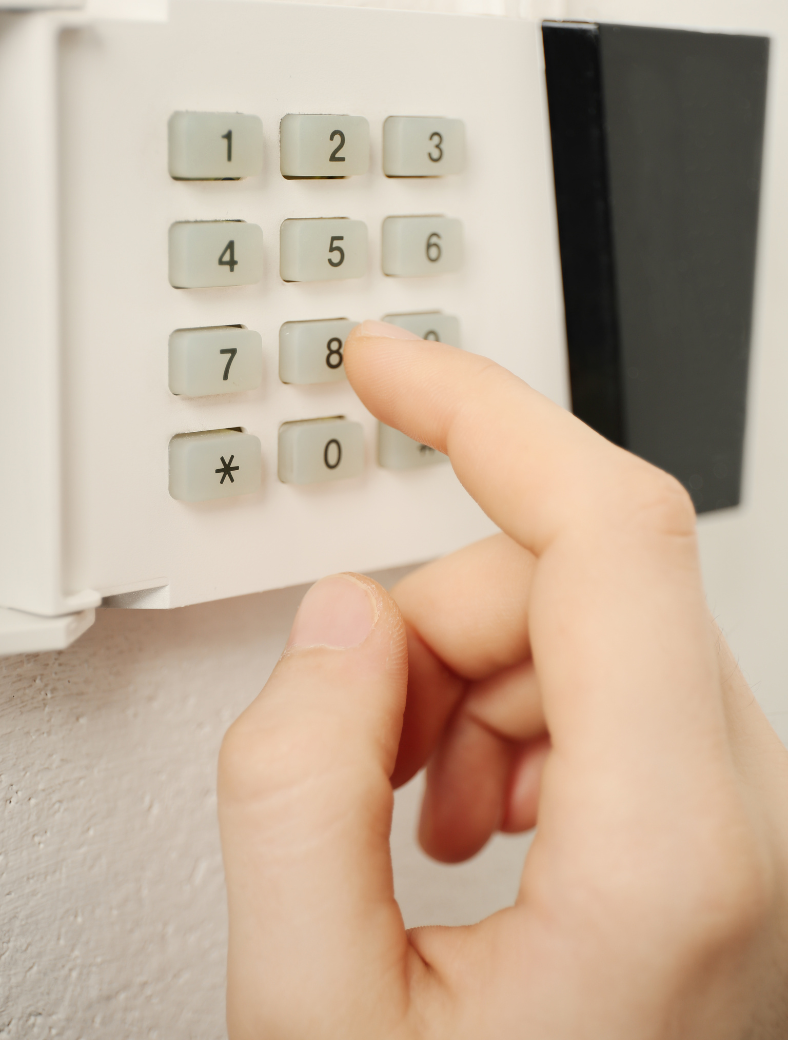

Restricted Areas in a House Sit
Respecting Homeowner Privacy and Boundaries
When house sitting, it’s important to understand which areas of the home are available for use and which are off-limits. Clear communication about restricted areas helps build trust and ensures a comfortable experience for both sitters and homeowners.
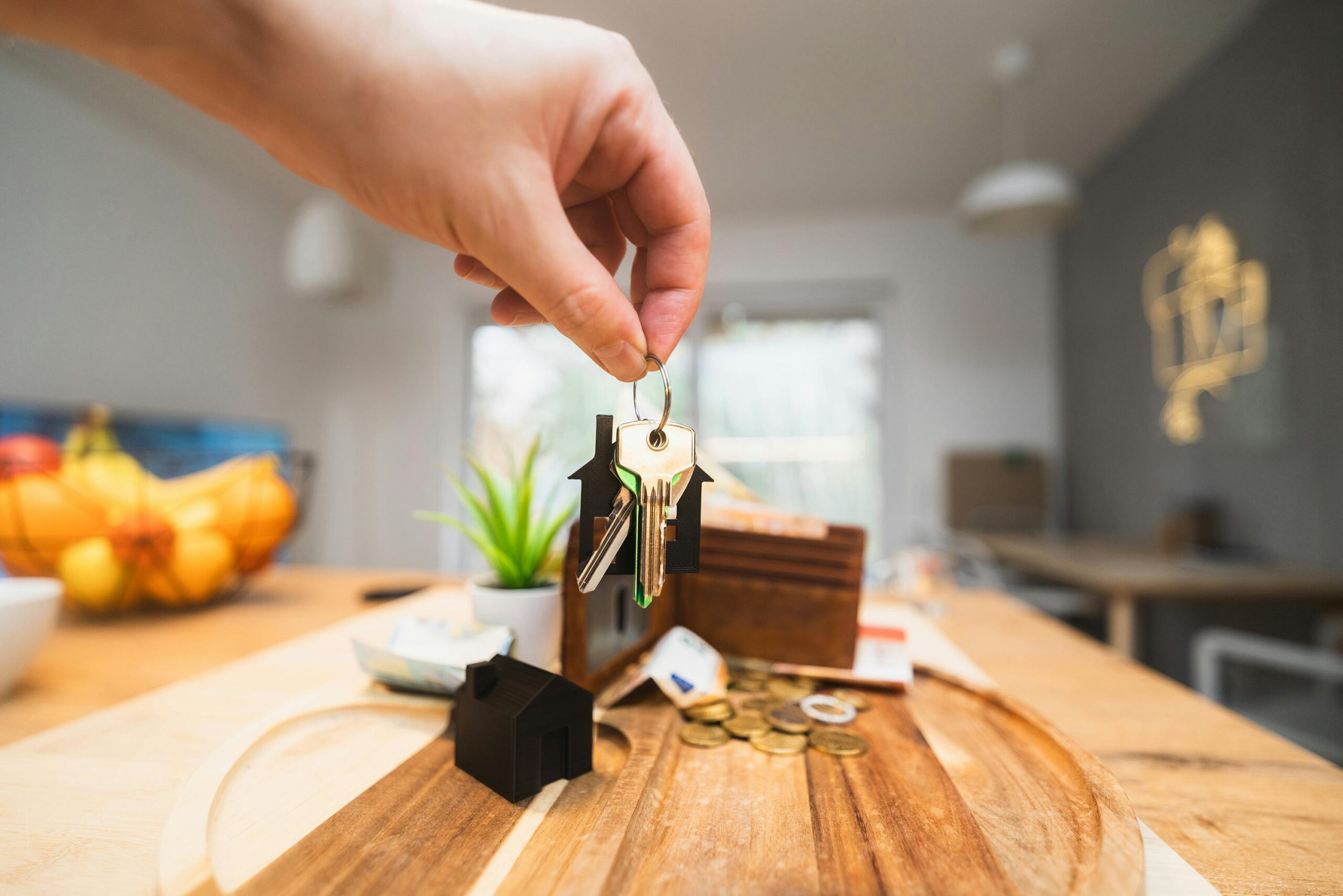
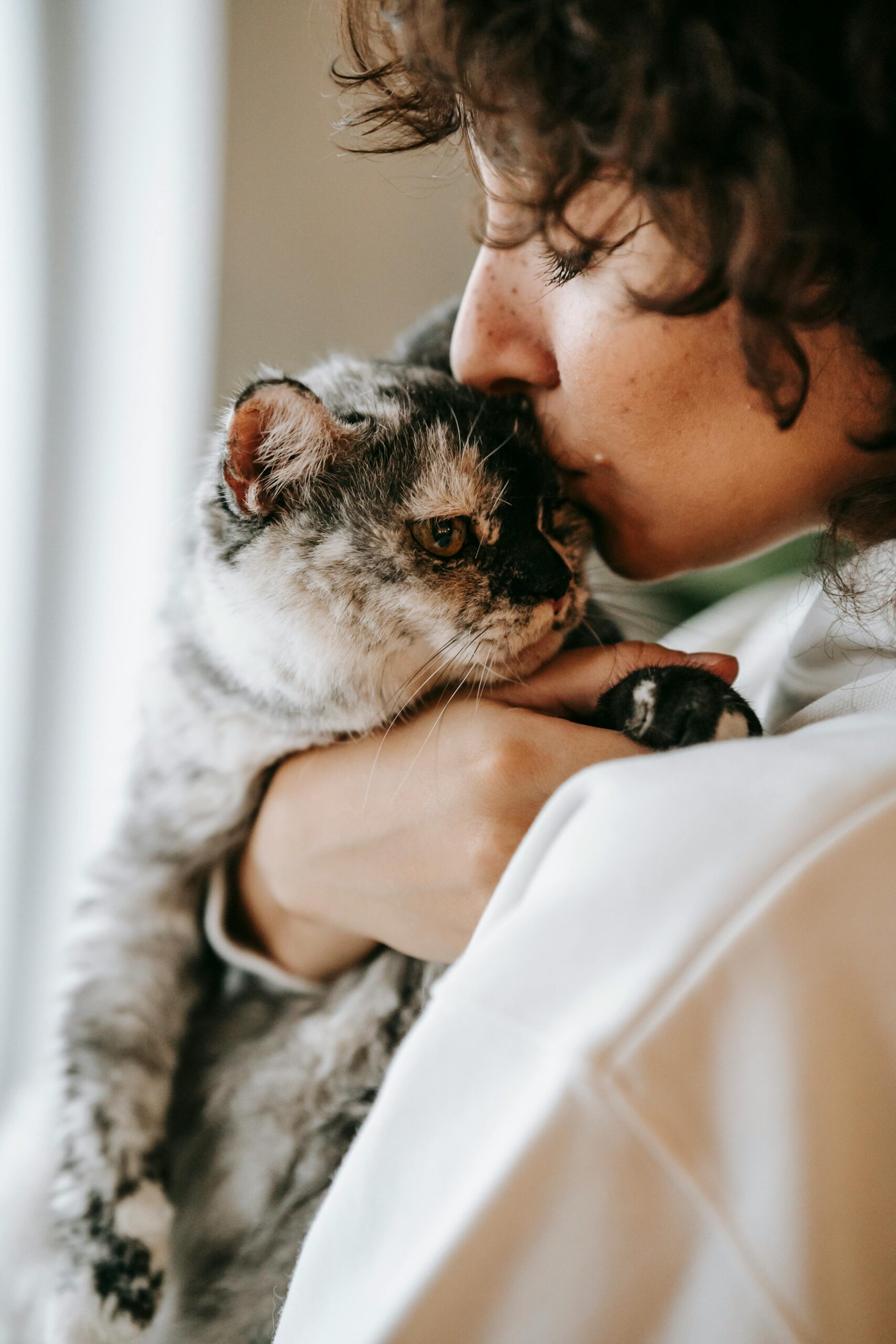
Picking Up Keys Prior to House Sit
The homeowner and house sitter should agree on the location and timing for the key pickup. Common methods include
In-Person Handover
Ideally, the homeowner will meet with the house sitter before departure to hand over the keys. This gives both parties the opportunity to ask any last-minute questions and clarify any house-specific details
Lock Box
If the homeowner cannot meet in person, a lock box may be used for the key exchange. The homeowner will provide the combination to the house sitter in advance, ensuring secure access to the property.
Neighbour/Trusted Contact
In some cases, homeowners may choose to have a neighbor or trusted friend hold onto the key. The house sitter will be given the contact details for this person and the process for collecting the key.
Smart Lock
If the homeowner uses a smart lock, the access code can be sent securely via email, text, WhatsApp, or included as part of the provided house sitter information. This offers a convenient and secure method for keyless entry

Communication and Security Measures
During the key handover, homeowners should also provide relevant details about the house’s security systems. These systems may include
Confirm Key Return
Agree on how and when the keys will be returned at the end of the sit.
Additional Instructions
Discuss any special key or access requirements, such as alarm systems, gate codes, or access to locked rooms
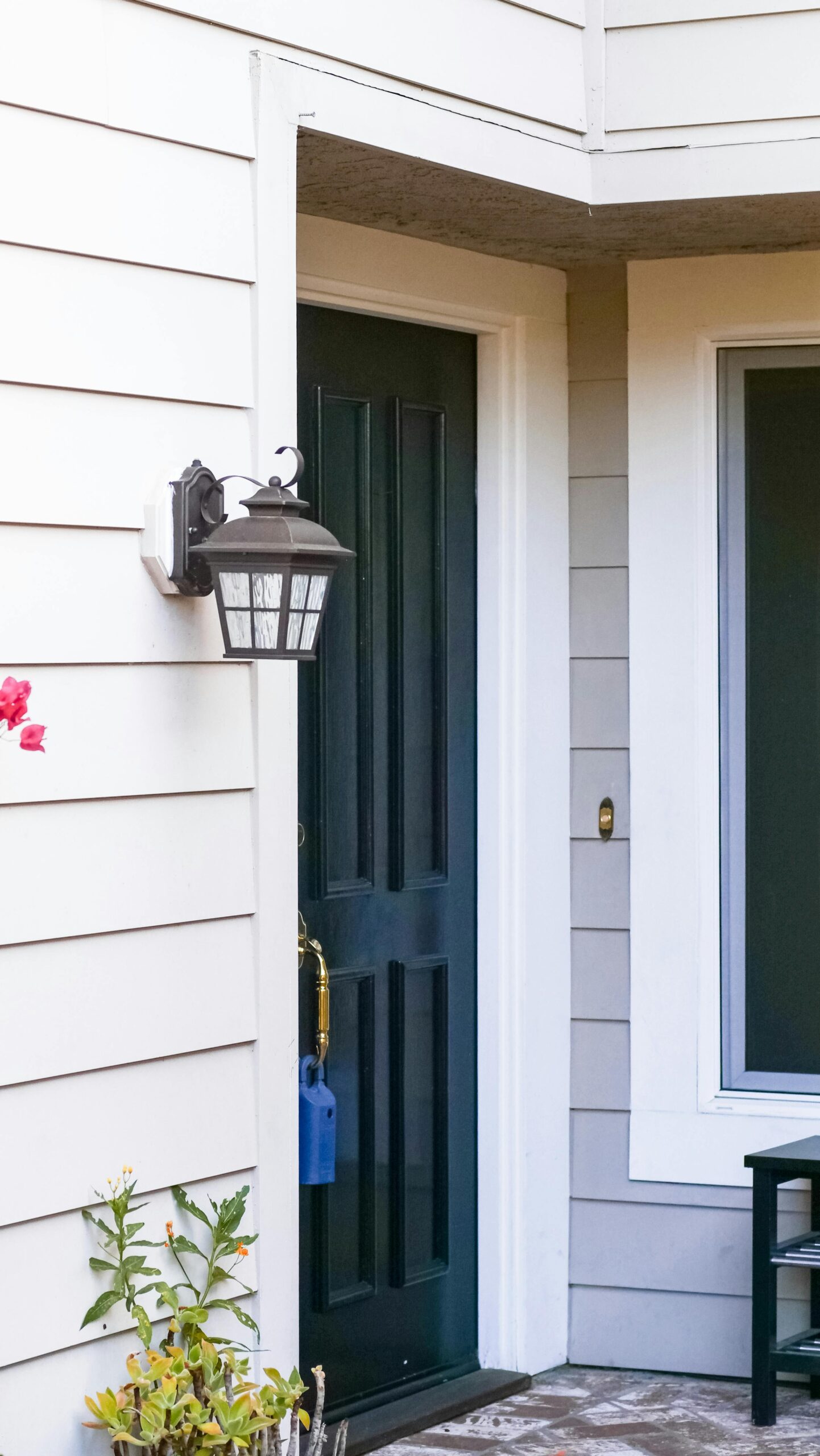

Communication and Security Measures
During the key handover, homeowners should also provide relevant details about the house’s security systems. These systems may include
Alarm Codes and Security Systems
Ideally, the homeowner will meet with the house sitter before departure to hand over the keys. This gives both parties the opportunity to ask any last-minute questions and clarify any house-specific details
Alarm System Codes
Homeowners should provide the house sitter with the alarm code or instructions for setting and disarming the system. It’s important that both parties understand how to use the alarm system properly to avoid false alarms or mishaps. If the system is connected to monitoring services, homeowners may need to notify the security company about the house sitter’s arrival to ensure they are listed as the emergency contact.
Outdoor Security Cameras
Homeowners should arrange to give the house sitter access to outdoor cameras, which can be easily done by using the share option in their camera app. This allows the sitter to monitor the perimeter of the property and ensure everything is secure during their stay.
Indoor Security Cameras
If the homeowner has indoor cameras, it is important that they show the house sitter where the cameras are located. Indoor cameras must be turned off for the duration of the house sit. Not only is it a violation of the house-sitting code to have indoor cameras on, but it is also illegal in many states to record someone in their private space without their consent.
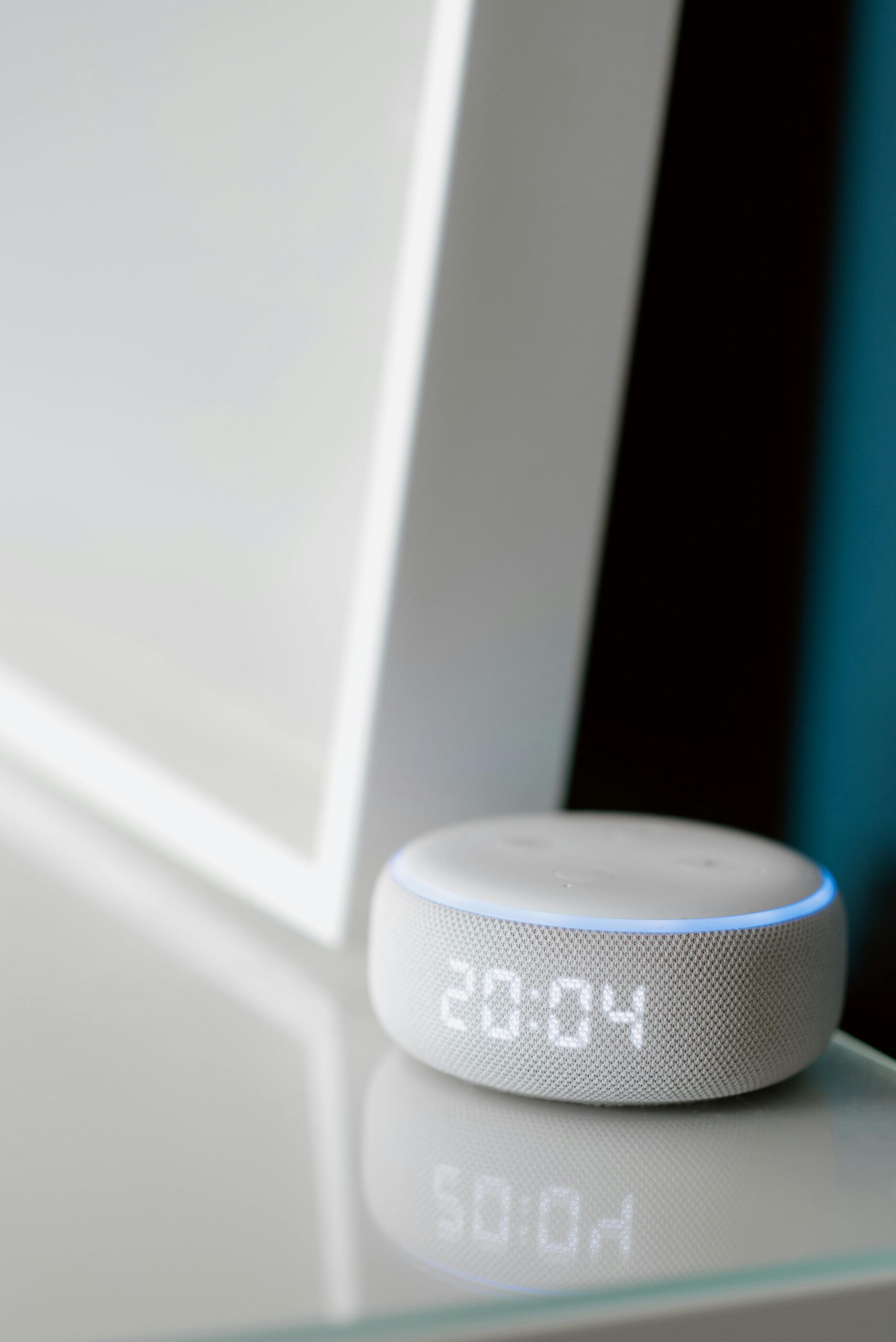
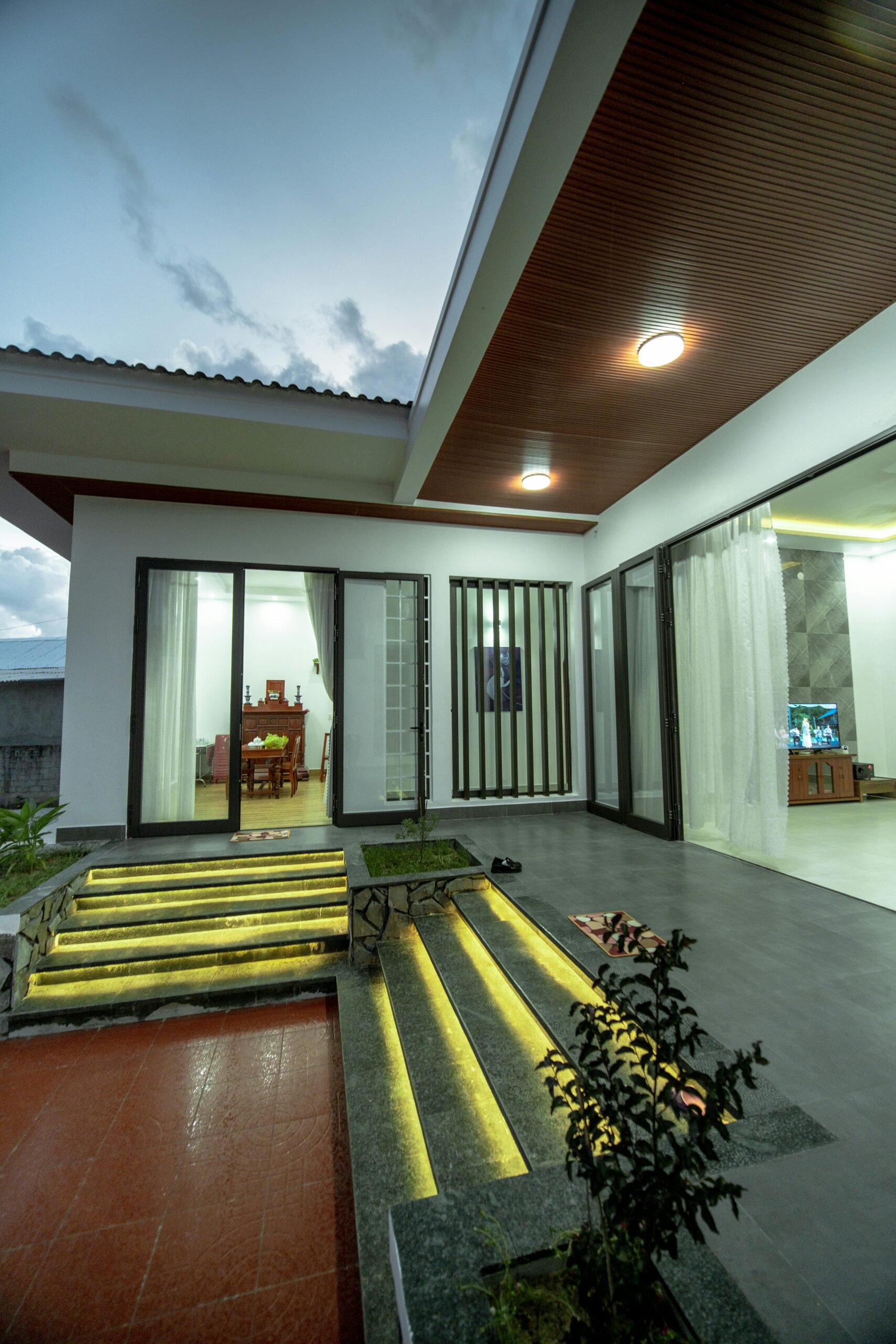
Communication and Security Measures
During the key handover, homeowners should also provide relevant details about the house’s security systems. These systems may include
Smart Home Devices:
Smart Home Devices: Homeowners with smart security devices, such as doorbell cameras, motion sensors, or smart locks, should provide clear instructions on how to operate them.
Outdoor Lighting
Outdoor Lighting: Ensure that timers or automatic outdoor lighting systems are set up properly for safety and visibility.
Access to Emergency Supplies:
Access to Emergency Supplies: The house sitter should know where emergency supplies are located, such as first-aid kits, fire extinguishers, or emergency flashlights
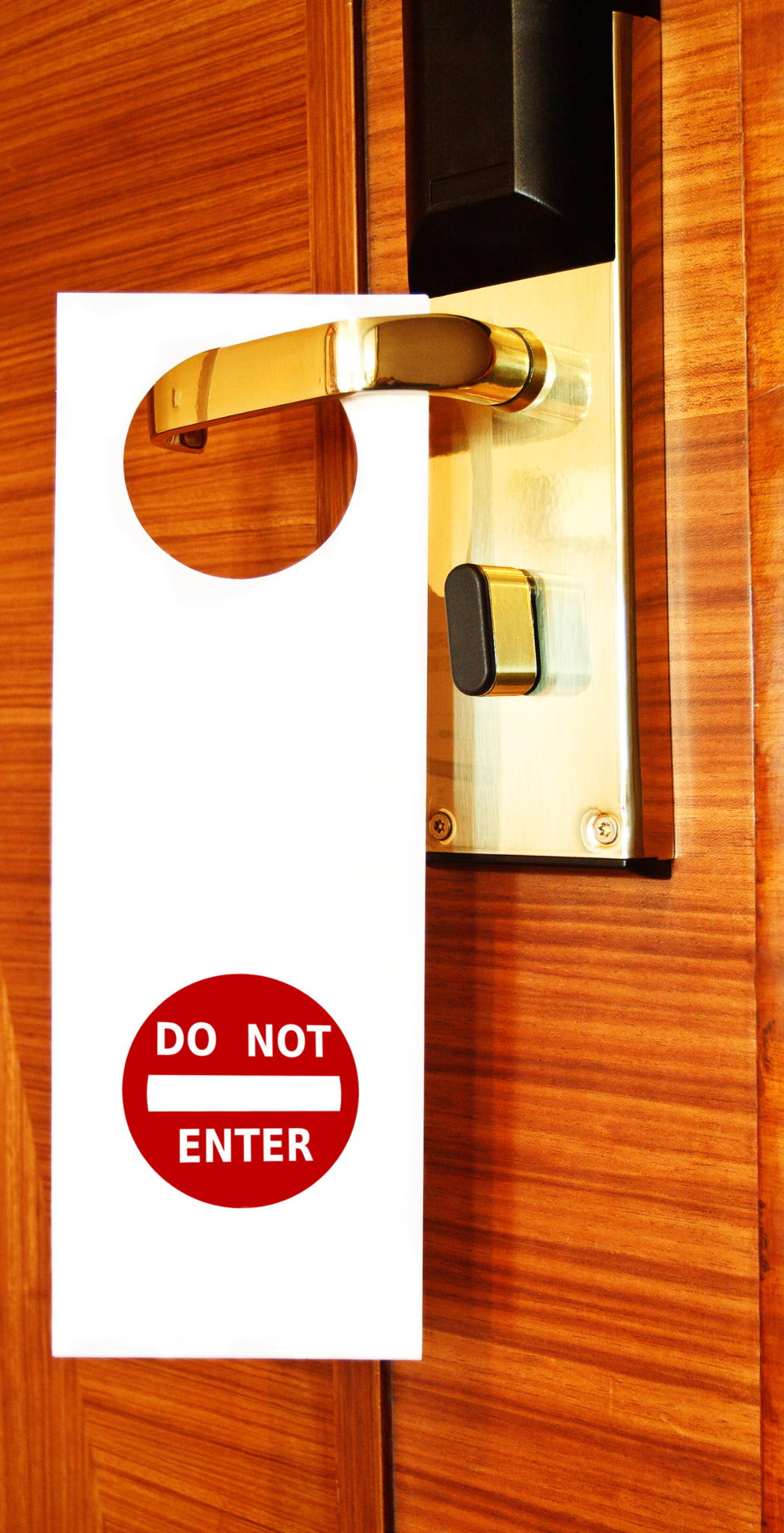
Common Restricted Areas
While every home is different, homeowners may designate certain spaces as private. These might include
Bedrooms
If not assigned for the sitter’s use
Home Offices
Especially if confidential work is involved
Locked Spaces
Wine cellars, safes, or other secured areas
Storage Rooms & Closets
Areas containing personal belongings
Garages & Sheds
May contain hazardous materials or valuable equipment
Homeowners should clearly specify these areas in their house-sitting agreement or welcome guide

How to Communicate Restrictions
Written Guidelines
A list in the welcome guide or house manual
Walkthrough on Arrival
A quick home tour pointing out restricted areas
Signage
Small, discreet labels for areas that should remain untouched
Get in Touch
support@responsiblehousesitters.com
Open Hours
Mon – Fri — 8:00am – 5:00pm
Saturday — Closed
Sunday — Closed
Melbourne, Vic
Australia
